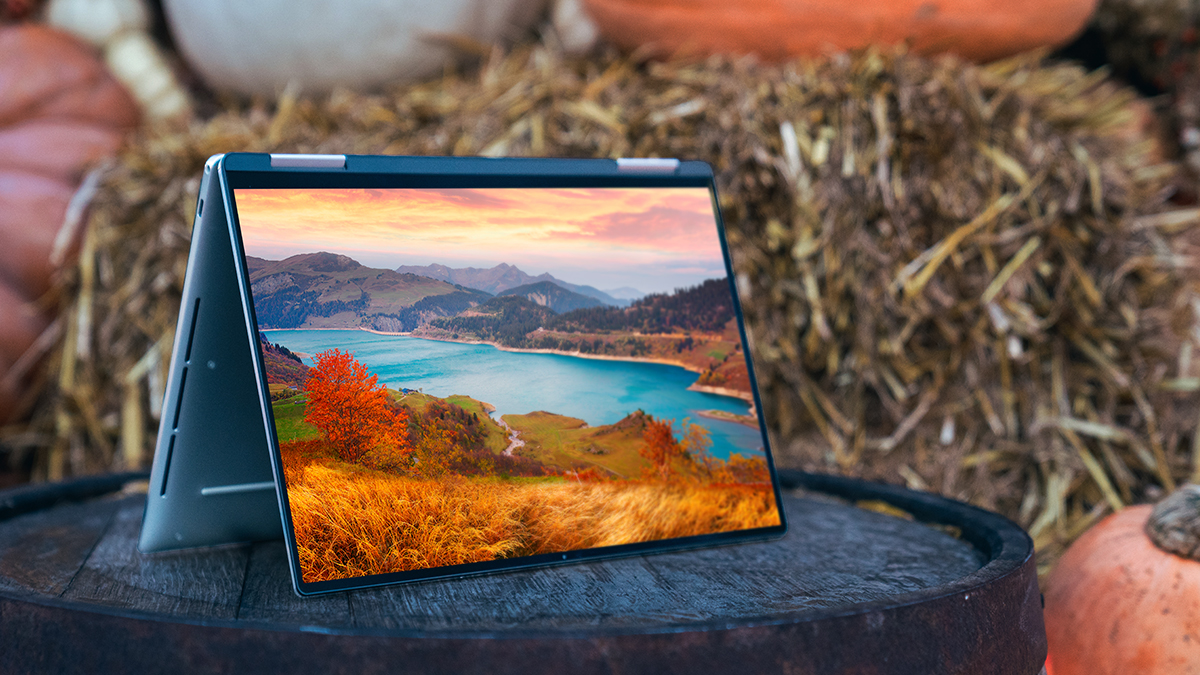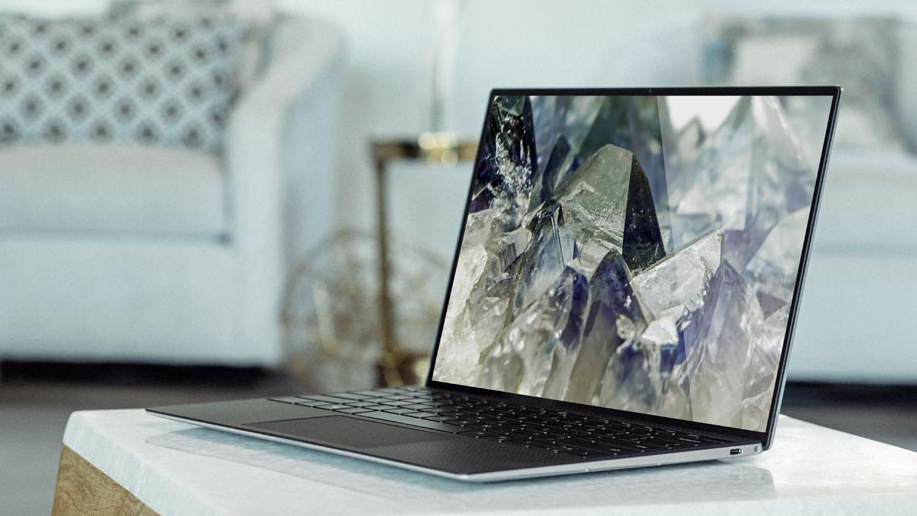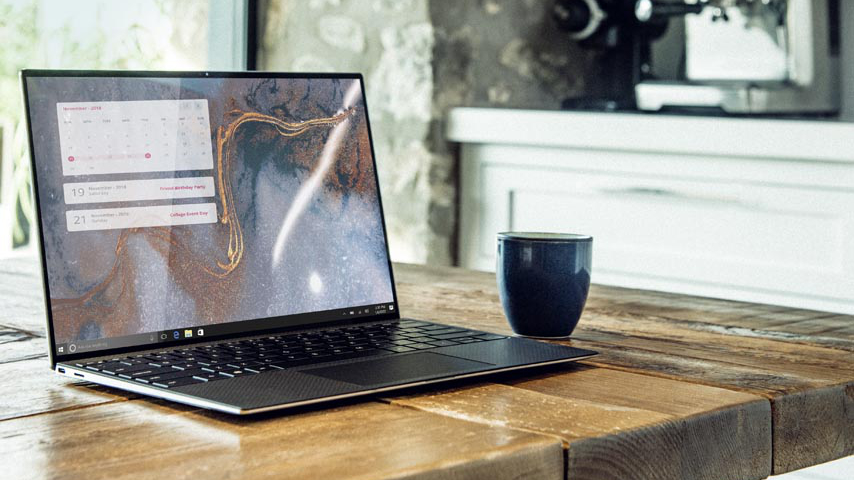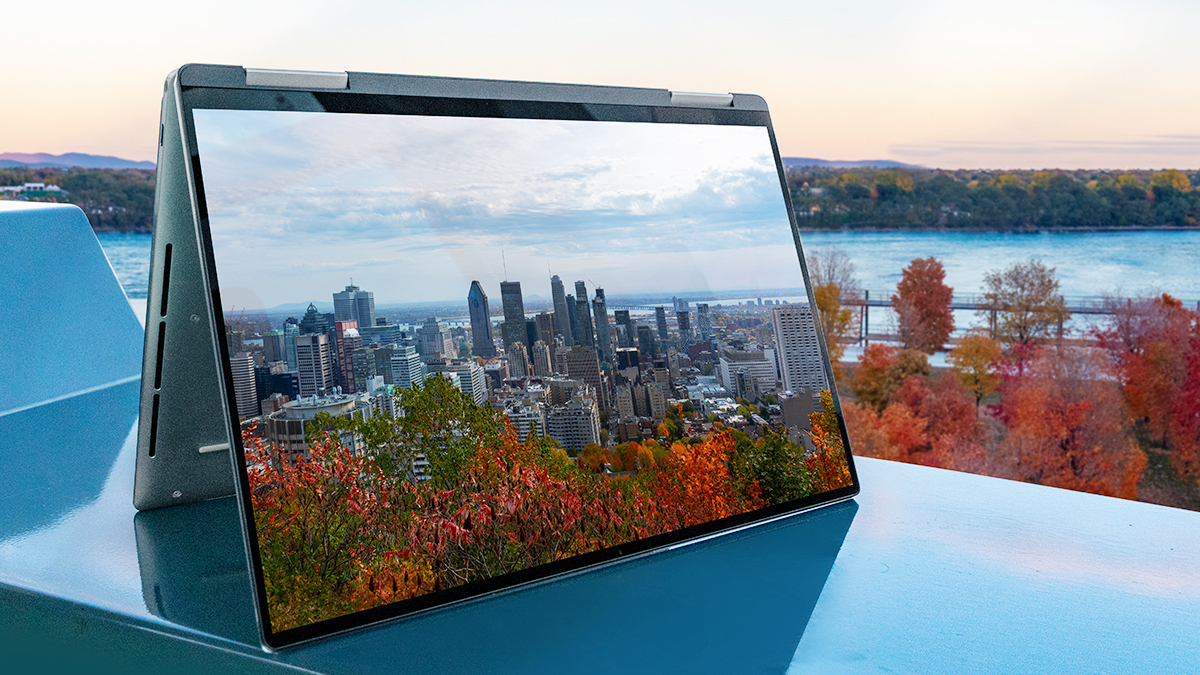New Dell XPS 13 and XPS 13 2-in-1 unveiled with Intel 11th Gen CPUs, Thunderbolt 4
The XPS 13's new Iris Xe graphics could be a game-changer

Our favorite laptops are getting a speed boost. Dell announced today new versions of the popular XPS 13 and XPS 13 2-in-1, a family of portable laptops that consistently earns a spot on our best laptops and best 2-in-1 laptops pages. Of the two, the XPS 13 2-in-1 received a slightly more substantial update: along with a new Intel 11th Gen chipset, the convertible model gains an IR camera for fast and secure login.
The XPS 13, having been recently redesigned, will see only incremental changes, including a move to Intel 11th Gen Core CPUs and Thunderbolt 4 ports. This might not be the most exciting release, but the XPS 13 is already darn-near perfect and now with Iris Xe graphics, it could gain the ability to play AAA games.
- Best college laptops in 2020: Best laptops for students
- Best 2-in-1 laptops in 2020
- XPS 13 vs XPS 15 vs XPS 17: Which Dell XPS is right for you?
XPS 13 and XPS 13 2-in-1 price and release date
The date is set! Dell will launch the XPS 13 and XPS 13 2-in-1 on September 30 with the clamshell model starting at $999 and the convertible going for $1,249.
It's worth noting that the XPS 13 will be available in only platinum silver at launch whereas the XPS 13 2-in-1 will be released in both platinum silver with black carbon fiber and frost with an arctic white woven glass fiber palm rest. The ivory color will arrive on the XPS 13 at an unspecified date.
XPS 13 and XPS 13 2-in-1 specs
| Row 0 - Cell 0 | XPS 13 | XPS 13 2-in-1 |
| Starting Price | $999 | $1,249 |
| Screen | 13.4-inch, 1920 x 1200-pixel or 3840 x 2400-pixel | 13.4-inch, 1920 x 1200-pixel or 3840 x 2400-pixel |
| Battery Life | 19 hours (claimed) | TBD |
| Processor | up to Intel 11th Gen Core i7 | up to Intel 11th Gen Core i7 |
| Storage | Up to 1TB | Up to 1TB |
| RAM | Up to 32GB | Up to 32GB |
| Dimensions | 11.6 x 7.8 x 0.6 inches | 11.7 x 8.2 x 0.6 inches |
| Weight | 2.8 pounds | 2.9 pounds |
XPS 13 (Late 2020)
Identical to the previous model from the outside, the XPS 13 gains Intel 11th Gen "Tiger Lake" CPUs on the inside. The new chips should provide a significant performance boost, especially in the graphics department.
Intel says its 11th Gen Core processors deliver 2.7x faster photo editing, 2x video editing and 20% faster office productivity compared with other "competitive products."

But the main highlight is the new integrated Iris Xe graphics. Promising to bring a 2x performance leap over Iris Plus, Iris Xe should allow the XPS 13 to play popular games like Borderlands 3, Far Cry New Dawn, Hitman 2 and others at 1080p resolution. We'll need to run our own tests to see how the XPS 13 fares but a demo Intel showed of Iris Xe playing Grid at 55 frames per second is encouraging.
Sign up to receive The Snapshot, a free special dispatch from Laptop Mag, in your inbox.

With the new chips, the XPS 13 also upgrades its two Thunderbolt 3 ports to Thunderbolt 4. The "universal" port is accompanied by a microSD card slot and a headphone jack. The XPS 13 will ship with a USB-C to USB-A dongle.
Dell will offer the XPS 13 with various CPU options, including a Core i3-1115G4, a Core i5-1135G7, a Core i7-1165G7 or a Core i7-1185G7. RAM goes up to a generous 32GB while storage maxes out at a 1TB PCIe SSD.

The XPS 13 retains its predecessors' design. The laptop is made of CNC machined aluminum with either carbon fiber or woven glass fiber on the deck. Dell removed the bottom bezel from the previous model, creating a true edge-to-edge display (the XPS 13 has a 91.5% screen-to-body ratio). At the same time, the keyboard and touchpad were both expanded and a twin-coil hinge was introduced to make it easier to open the lid with one finger.
There are three display options available on the XPS 13: touch and non-touch 13.4-inch, 1920 x 1200-pixel panels with 500 nits of brightness and 100% sRGB color gamut coverage or a 4K Ultra HD+, 3840 x 2400-pixel display with HDR 400, 500 nits of brightness and 100% sRGB coverage. These displays have a 16:10 aspect ratio so they're a bit taller and more narrow than your standard 16:9 screen.
Dell is aiming for 19 hours of battery life on the 1080p non-touch display model. We'll get a better idea of real-world runtimes once we get the XPS 13 into our testing lab.
XPS 13 2-in-1 (Late 2020)
Like the XPS 13, the biggest change coming to the XPS 13 2-in-1 is the move to Intel 11th Gen chips and Iris Xe graphics. The convertible will be offered with an Intel Core i3-1115G4, a Core i5-1135G7 or a Core i7-1165G7 CPU.
Keep in mind, the most powerful new processor, the Core i7-1185G7, is missing on this model. The XPS 13 2-in-1 is otherwise similar in specs to the clamshell version with up to 32GB of RAM and up to a 1TB PCIe SSD.
The other major change to the XPS 13 2-in-1 is the addition of an IR camera to the top bezel.

You also get two Thunderbolt 4 ports along with a microSD card slot, a headphone jack and a USB-C to USB-A adapter.
Dell didn't make any major changes to the design of this convertible. It still has slim display bezels (though not as slim as those on the XPS 13), an edge-to-edge MagLev keyboard and a large touchpad.
The XPS 13 2-in-1 has the same display options as the XPS 13 minus the non-touch panel. There is a 13.4-inch, 1920 x 1200-pixel display with 500 nits of brightness and 100% sRGB range or a 4K Ultra HD+, 3840 x 2400-pixel display with HDR 400 and 500 nits of peak brightness.
Dell didn't provide battery life estimates for the XPS 13 2-in-1 so we'll just have to see how it handles our in-house test.
Outlook
Dell didn't make any major changes to the XPS 13 and XPS 13 2-in-1, so it's up to Intel's 11th Gen Tiger Lake CPUs to make these laptops shine. We're most interested to see how the Iris Xe graphics perform and if they're really powerful enough to enabling AAA gaming on such portable notebooks.
It's also worth mentioning the addition of an IR camera on the XPS 13 2-in-1. Facial recognition login is a must-have feature in 2020 that will get you up and running faster than it takes you to remember and type in a password.
We'll find out how the new XPS 13 and XPS 13 2-in-1 fare against their predecessors and rival ultraportable laptops in the coming weeks.
Phillip Tracy is the assistant managing editor at Laptop Mag where he reviews laptops, phones and other gadgets while covering the latest industry news. After graduating with a journalism degree from the University of Texas at Austin, Phillip became a tech reporter at the Daily Dot. There, he wrote reviews for a range of gadgets and covered everything from social media trends to cybersecurity. Prior to that, he wrote for RCR Wireless News covering 5G and IoT. When he's not tinkering with devices, you can find Phillip playing video games, reading, traveling or watching soccer.

